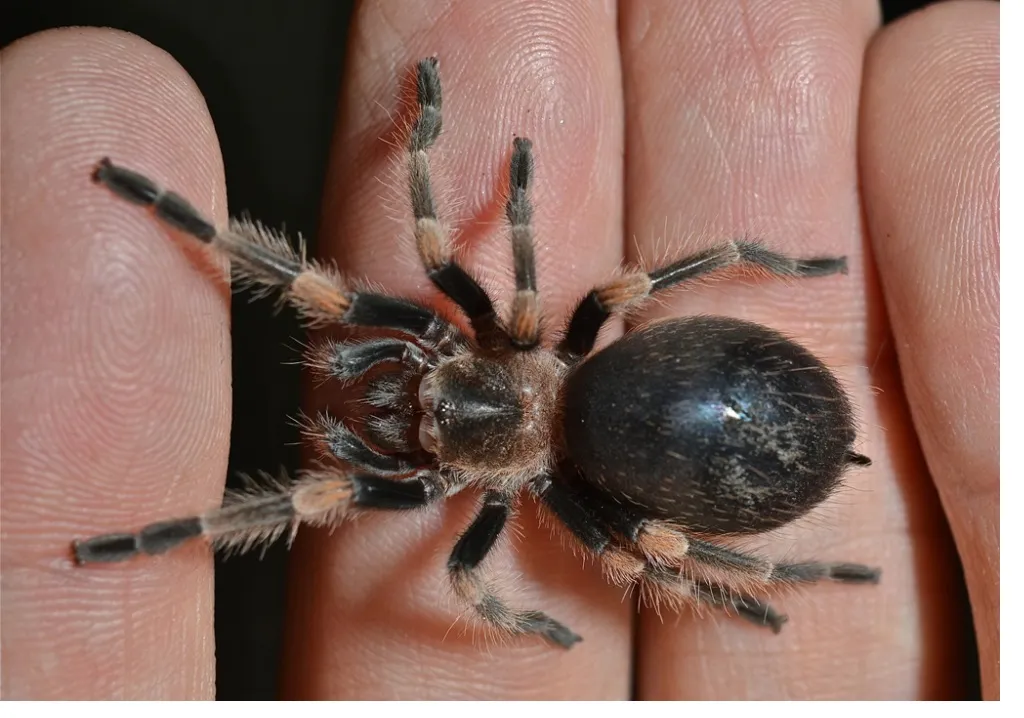What is Tarantula Molting?
Tarantulas, like all arthropods, possess an exoskeleton – a hard, external covering that provides protection and support. This exoskeleton, however, does not grow. As a tarantula grows, it must shed its old exoskeleton and produce a new, larger one. This process is called molting. Molting is a crucial part of a tarantula’s life cycle, allowing it to grow and replace damaged or worn body parts. It’s a fascinating and somewhat intimidating process to witness, requiring significant energy and making the tarantula incredibly vulnerable.
The Molting Process Unveiled
The molting process is a complex biological event. Before molting, the tarantula forms a new, soft exoskeleton beneath its old one. Enzymes are released to begin separating the old exoskeleton from the new one. The tarantula then absorbs water, which causes its body to swell and split the old exoskeleton. The tarantula emerges from the old shell, leaving behind a perfect replica of itself, now in a larger size. This entire process can take anywhere from a few hours to several days, depending on the tarantula’s size, age, and environmental conditions.
Preparing for the Molt
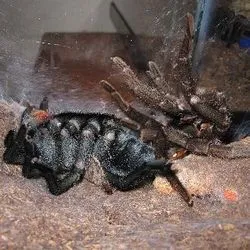
Before a tarantula molts, it will undergo a period of preparation. This typically involves a decrease in appetite, as the tarantula conserves energy for the molting process. The tarantula may also become less active and spend more time in a secluded area of its enclosure. During this time, it is crucial to maintain a stable environment with appropriate humidity levels to assist the molting process. Avoid disturbing the tarantula during this period to minimize stress.
Signs Your Tarantula is About to Molt
Several telltale signs indicate that your tarantula is preparing to molt. The most common sign is a darkening of the abdomen, where the new exoskeleton is forming. The tarantula may also become less active and may refuse food for several weeks or even months before the molt. You might notice a change in the appearance of the fangs, as the old exoskeleton will start to separate from them. Some tarantulas will also create a web mat on which they will molt, providing extra grip and support.
Molting on Stomach
One of the most distinctive aspects of tarantula molting is the position they assume. Tarantulas typically molt while lying on their backs, exposing their vulnerable underside. This allows them to split their exoskeleton along the carapace (the top shell) and pull themselves out. This upside-down position might seem strange, but it is the most effective way for the tarantula to shed its old exoskeleton and emerge with a new one. This specific way of molting is a hallmark of arachnids.
How to Spot Molting

Spotting molting is usually straightforward, though it requires observation. You’ll often find the old exoskeleton, which looks like a complete, albeit empty, version of the tarantula. The tarantula itself will appear much larger and may have a brighter coloration. You may see the tarantula lying on its back, or it may have already completed the molt and be resting. The discarded exoskeleton will have the appearance of the entire spider, including the fangs and hairs.
Handling Your Tarantula During Molting
It’s crucial to avoid handling your tarantula during the molting process. The tarantula is extremely vulnerable while molting because its new exoskeleton is soft and delicate. Any disturbance could damage the tarantula or even be fatal. Refrain from feeding or cleaning the enclosure during this time. Provide a quiet and stable environment, and allow the tarantula to complete the process without interference. Observe from a distance and appreciate this natural event.
What To Do After Molting
After molting, the tarantula’s new exoskeleton will be soft and take some time to harden. Do not feed the tarantula immediately after molting. Wait for at least a week or two, allowing the fangs to harden so it can eat properly. The tarantula will be more vulnerable during this time, so provide a stress-free environment. Observe the tarantula and its behavior, and adjust feeding frequency depending on its appetite.
Feeding and Care
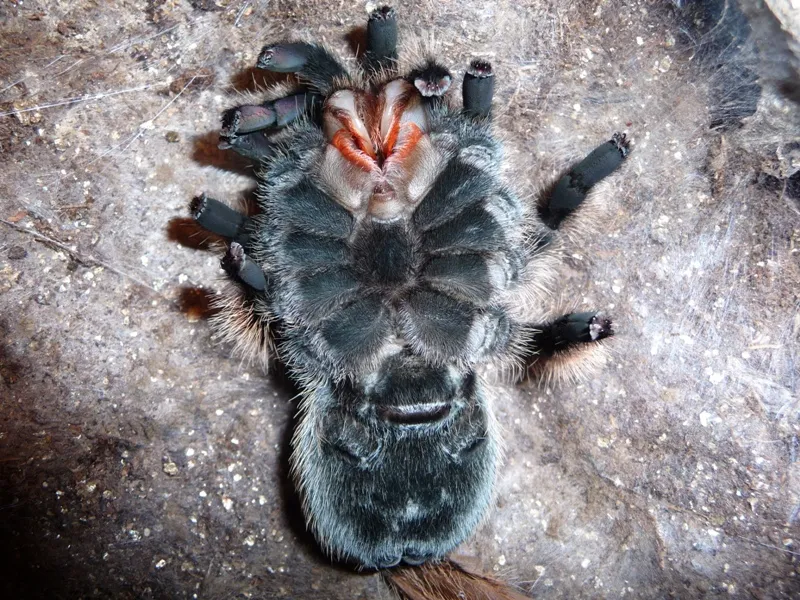
Proper feeding is essential to ensure a healthy molting cycle. Provide a varied diet of appropriately sized insects, such as crickets or roaches. Ensure that the enclosure has the correct temperature and humidity levels. A shallow water dish is essential for hydration. Always remove any uneaten food to prevent the build-up of mold and bacteria, and maintain a clean and suitable environment for your tarantula. Regular maintenance helps to ensure your tarantula’s molting process runs smoothly.
Top 5 Facts About Tarantula Molting
Fact 1 The Exoskeleton Shedding
The exoskeleton is the hard, outer shell of a tarantula. During molting, the tarantula sheds this exoskeleton, revealing a new, larger one underneath. This process allows the tarantula to grow in size and replace any damaged or worn body parts. The old exoskeleton is a perfect replica of the tarantula, including hairs and fangs.
Fact 2 The Upside Down Position
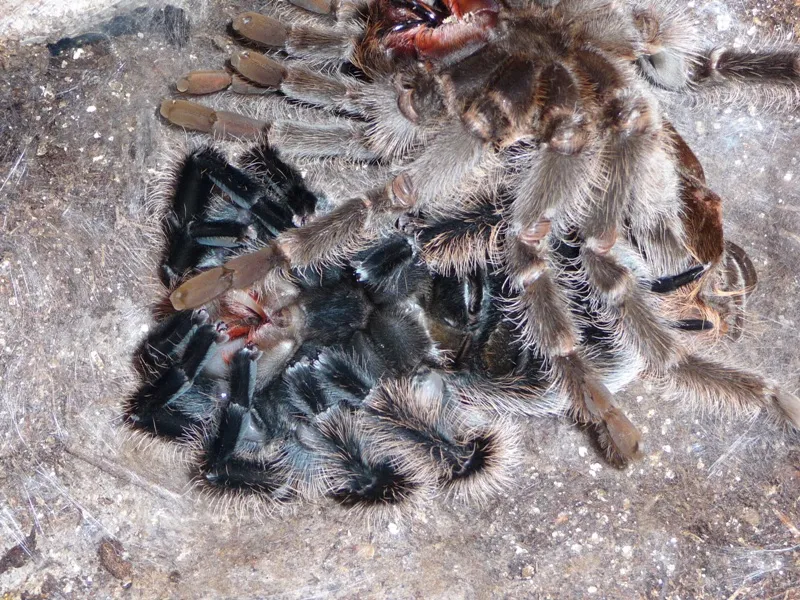
Tarantulas typically molt while lying on their backs. This allows them to split their exoskeleton along the carapace and pull themselves out. The position exposes their vulnerable underside, but it’s the most effective way for them to molt and emerge with a new exoskeleton. This position is a distinctive characteristic of tarantula molting.
Fact 3 The Vulnerable Period
During molting, the tarantula is in a vulnerable state because its new exoskeleton is soft. Any disturbance could potentially damage the tarantula or even be fatal. It is important to provide a quiet and stable environment during this period and avoid handling the tarantula to prevent any harm.
Fact 4 Regrowing Lost Limbs
One of the amazing things about tarantulas is their ability to regrow lost limbs over several molts. If a tarantula loses a leg, it will regrow it during subsequent molts. This is a slow process, but it showcases the remarkable regenerative abilities of these creatures. Each molt brings the limb closer to its final form.
Fact 5 The Molting Frequency
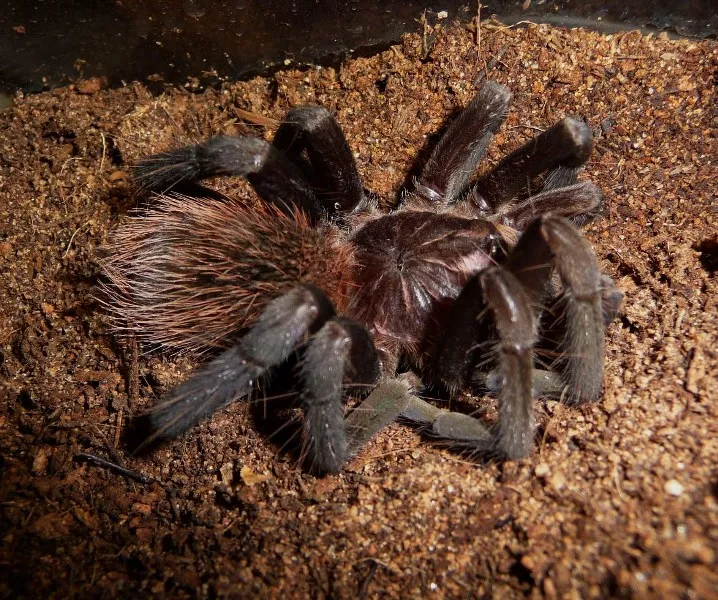
The frequency of molting varies depending on the tarantula’s age, species, and environmental conditions. Younger tarantulas molt more frequently, sometimes every few months, while adults may molt only once a year or even less often. Molting is a crucial part of their growth and development, and the frequency provides a sign of their overall health.
